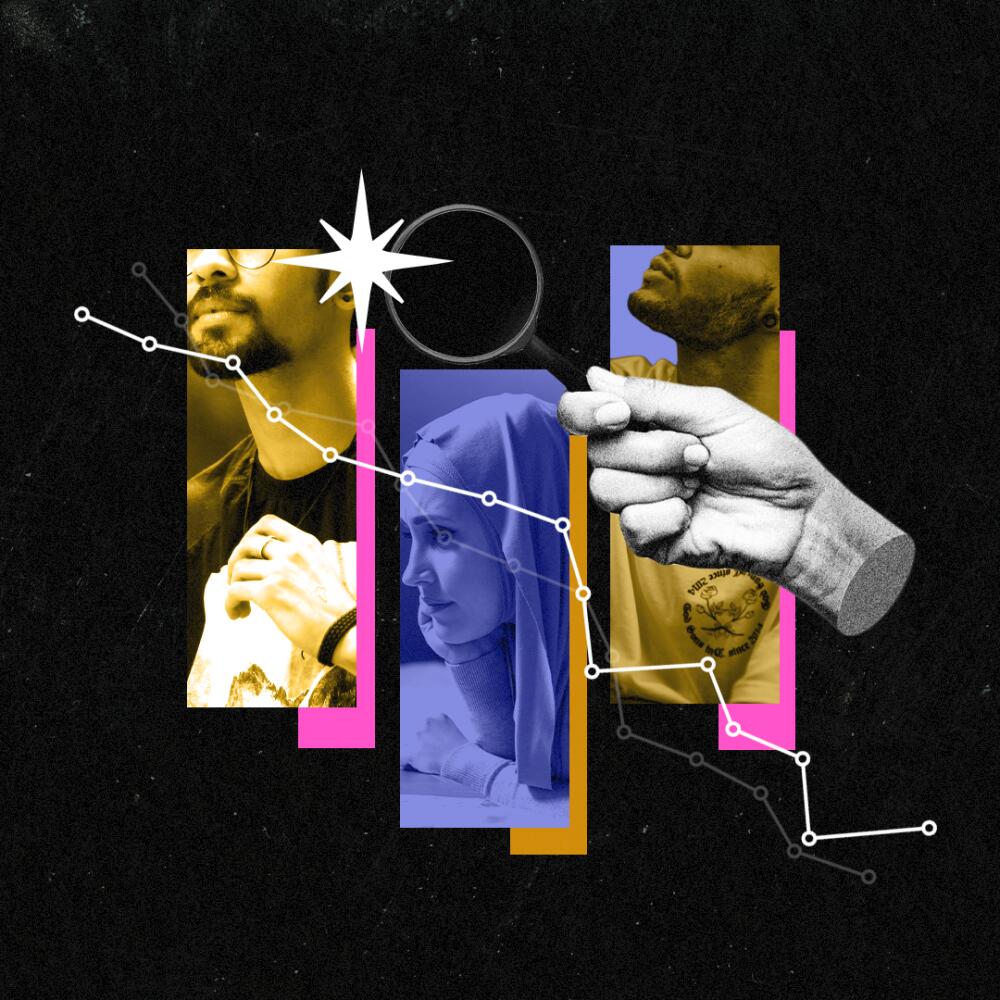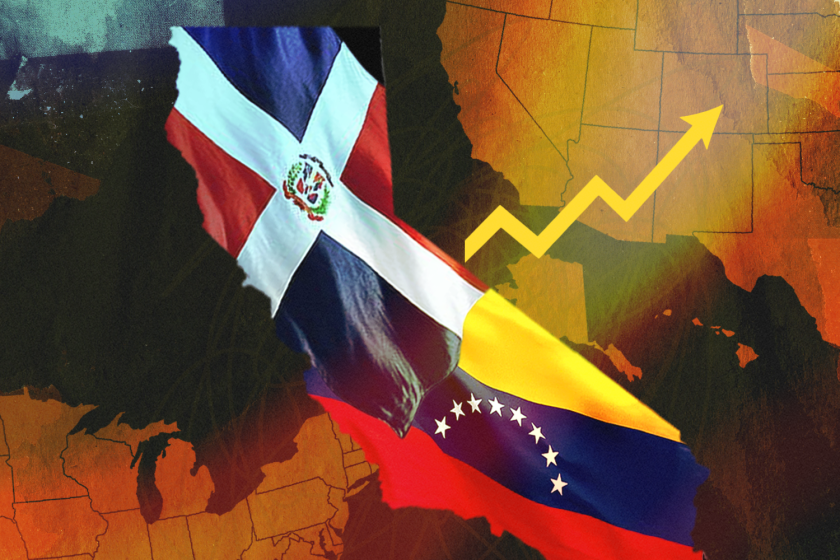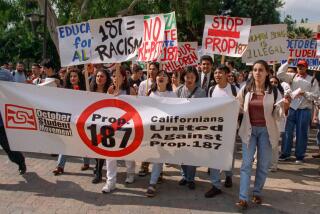
- Share via
The U.S. Census Bureau will have new categories for race and ethnicity for the first time in 27 years, directly affecting people who identify as Hispanic, Latino, Middle Eastern and North African.
Announced in a Federal Register Notice by the Office of Management and Budget, the Census will no longer have separate questions asking for a person’s race and their ethnicity. Instead, there will be a single question that asks, “What is your race and/or your ethnicity?”
New U.S. census data analyzed by the San Francisco Chronicle show California’s Hispanic populations are changing.
Under this reformatted question, “Hispanic or Latino” and “Middle Eastern or North African” will be listed as options. Previously, people who identify as Middle Eastern or North African were expected to mark the “White” option.
Questions surrounding an individual’s ethnicity and racial background in goverment documents can be confusing. According to a Pew Research Center report, “Four-in-ten Hispanics (42%) marked their race as ‘some other race’ in the 2020 census without marking any other response.” 23% of Latino adults said the census represented their identity “not too well” or “not at all well.”
Mark Hugo Lopez, director of race and ethnicity research at Pew Research Center, said he was curious to see how Latinos will react to the changes.
Get the Latinx Files newsletter
Stories that capture the multitudes within the American Latinx community.
You may occasionally receive promotional content from the Los Angeles Times.
“It should not impact the count of people who say they are Hispanic or Latino, and the patterns we’ve been seeing of population growth should continue, but the new approach will give us more detailed data about Latinos in terms of their origin,” Lopez said. “But there are some tradeoffs — we might not know quite the same amount or the same details of what we know now about Latinos and racial identity.”
Meeta Anand, senior director of census and data equity at the Leadership Conference on Human and Civil Rights, an umbrella organization of various civil rights groups, sees these changes as more than a step toward accuracy.
“We hope that when people see themselves reflected in the choices, they will be more likely to respond, and that way we are able to ensure our communities are getting the state and federal funding necessary for their society,” Anand said. “When we look at understanding how to draw voting districts and making sure people are accurately represented by their elected officials, [the data] gives a better understanding of the people on the ground that they are representing.”
Not everyone sees the change as a positive. Juanita Palacios-Sims, founder of the International Society for Black Latinos, says she is concerned about how these changes will affect the count of the Afro Latino community.
“We’re not being counted correctly because we’ve had to check several boxes,” said Palacios-Sims.
“All my life it’s either we go with the race or the ethnicity. We are Black as the race, but our ethnic background is Latino. So we have always had to check two boxes. if there are two boxes, [Afro Latinos] are probably just going to pick Latinos and that just bunches us up.”
These updates will not appear on the Census until the next survey in 2030, but Anand hopes the changes will be present in the next American Community Survey, a yearly analysis conducted by the Census Bureau. Additionally, various state and local governments may begin to revamp their forms in the near future to meet these new government standards.
More to Read
The Latinx experience chronicled
Get the Latinx Files newsletter for stories that capture the multitudes within our communities.
You may occasionally receive promotional content from the Los Angeles Times.








